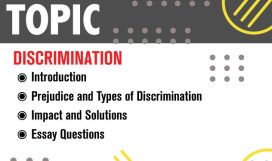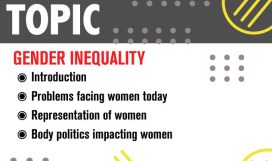Cities

If you are the sort to worry at night about man-induced climate change, then book a stay at any of the new high-rise hotels going up on the edge of China’s big cities—start looking for them around the third ring road. When you stagger red-eyed out of bed to peer into the murky dawn, you will see rank upon serried rank of raw “superblock” developments, a mile apart, marching into the distance. You think of the emissions involved in their carbon-hungry construction, the traffic jams on the arteries tying them into the expanding city, and the new coal-fired power stations being built to light them up. And you wonder how Asia can change its habits—energy consumption grew by 70% in the ten years from 2008—before it is too late for all of us.
Yet the world’s hopes of putting carbon emissions on a manageable path depend upon how developing Asia urbanises in the coming decades. The scale is staggering. According to the Asian Development Bank, 44m people join city populations each year. Every day sees the construction of 20,000 new dwellings and 250km (160 miles) of new roads. In theory, urban living can be greener than other ways of life: people need to travel shorter distances, for instance. The practice is not so simple. Most poor people coming to the city aspire to higher standards of living and consumption. Ill-planned public transport reinforces car use. Most striking, putting up and using buildings accounts for a big part of developing Asia’s carbon emissions—perhaps 30% in the case of China, where nearly half the world’s new floor space is built each year.
While cities provide a lot of opportunities there are various environmental and social problems related to urbanisation. Today, the world’s cities continue to draw millions to them, at a pace that would bewilder those who lived in industrialising Europe, or in southern Africa a hundred years ago. In India, emerging megacities—Delhi, Mumbai, Chennai, Bangalore—are bursting with many millions of people, a great proportion of them recent arrivals, many living in unplanned areas and slums. In China, too, huge cities, especially along the eastern coast, have been erupting, swollen by millions of internal migrants.
Issues and Solutions
Just over half the world's population now call cities home. Soon some 500 cities around the world will have more than 1 million people each. Within a couple of decades, says the UN.
Test your knowledge of the basic facts about cities with this quiz.
Humans are spreading across the planet in a way that is unsustainable. Cities, the places where most humans now live, are becoming bigger and more voracious exploiters of space than ever before.
Test your knowledge of the known issues about cities.
Urban agglomeration provides opportunities for innovation and reducing costs; provision of urban services is not a function of city size but of co-ordination of different services; clustering of economic activities stimulates economic development; linking land use with public transport is more effective for sustainable and inclusive development.
Test your knowledge of possible solutions for cities.
Video
Vocabulary and Debate
Learn about the various Asian cities and the solutions these cities will have to invest in to reduce risks from increased population and climate change.
Here is a comprehensive list of words and jargon that define the urban world.
The rapid spread of sprawling, ill-planned megacities, the rise of slums that are home to millions of the poor, the dreadful pollution and congestion common to many fast-growing cities, all suggest that too-rapid growth can harm, as well as improve, the residents' quality of life.
Additional Resources
Test what you have learnt from the videos by taking this quiz
Here are some news links to understand the issues cities face.
Consider the view that cities of the future need to be designed very differently from the ones we know today.






